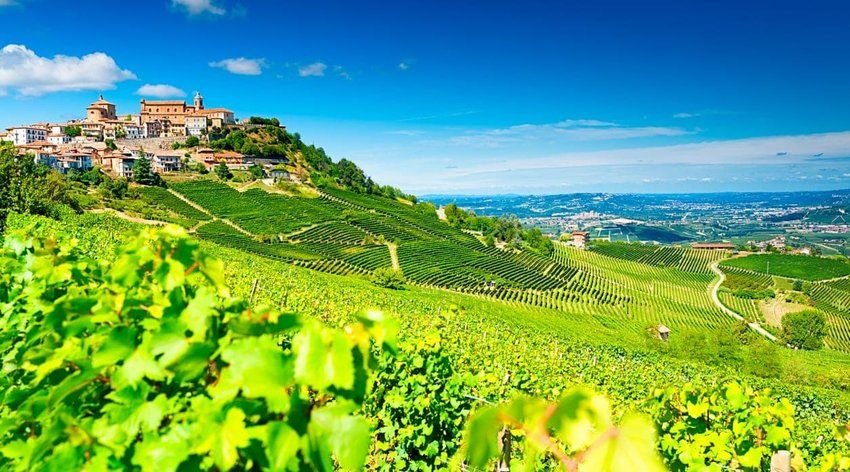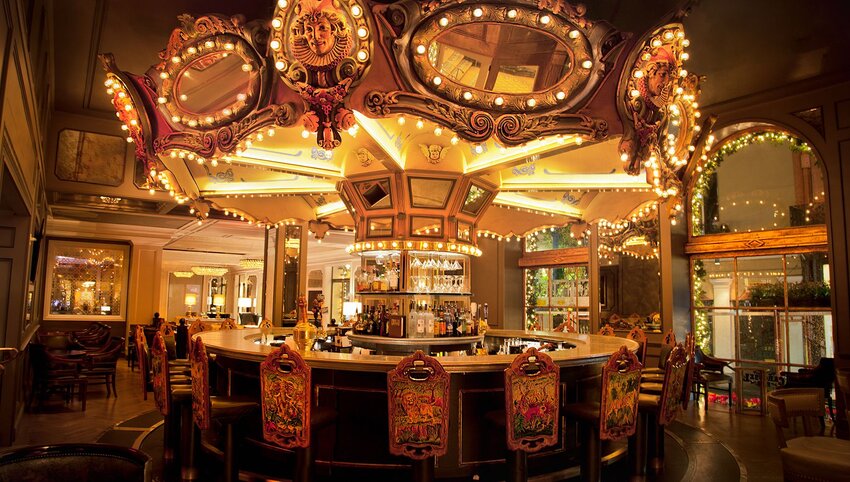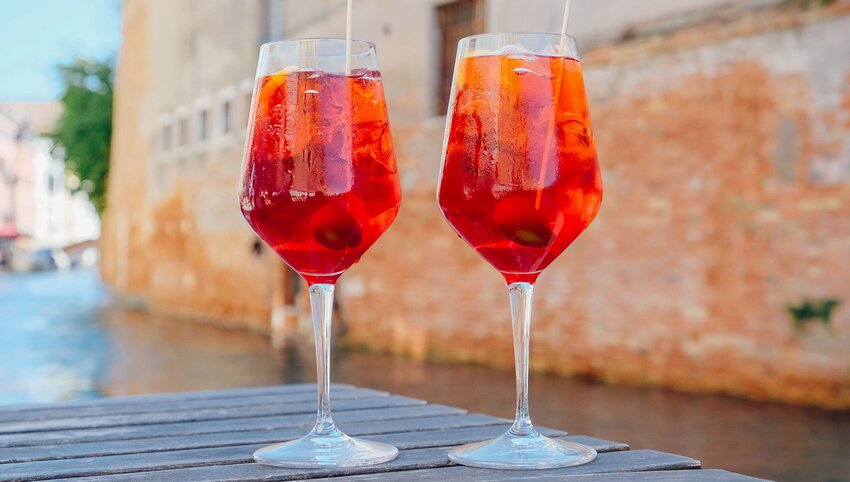When it comes to wine, the nations of Europe fight for the honor of claiming Europe’s best wine. There are plenty of choices if you’d like to add a visit to a vineyard to your next vacation. To get you started, here are eight must-visit vineyards in Europe.
Weingut Willi Schaefer, Germany
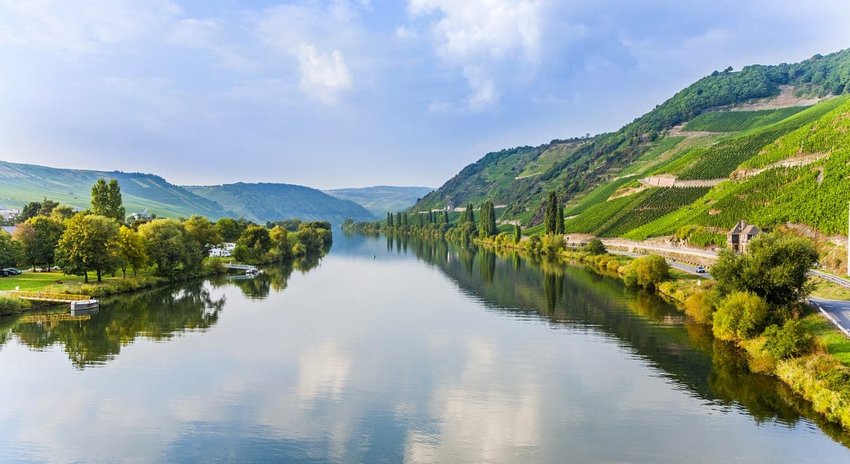
The Romans knew the slate-ridden soil and climate of Germany’s Mosel region was perfect for growing grapes and the industry has flourished ever since. Taste the local Riesling and you’ll see why. Located in the village of Graach, near the bustling tourist center of Bernkastel-Kues, Willi Schaefer's is a family-run vineyard with a long history that dates back to 1121. Cellar tastings and visits are by appointment only and would-be customers are asked to avoid the busy months of August and October when there’s work to be done harvesting the grapes.
Pheasant’s Tears, Georgia
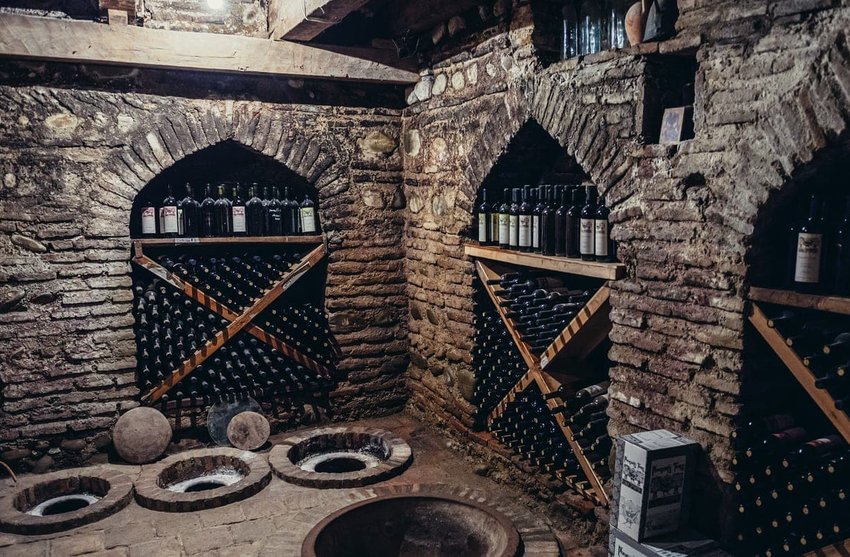
Some might argue that Georgia should be classified as Asia, but many of its residents identify as Europeans. The country’s been making wine for millennia and the hub of today’s industry is the charming town of Sighnagi, an easy ride from the capital. In town, you’ll find the base of the Pheasant's Tears winery. Their wine is made the traditional way, fermented and aged in qvevri, which are clay vessels designed especially for the purpose. They can arrange tastings without prior notice and tours to their vineyard.
Chateau la Villatade, France
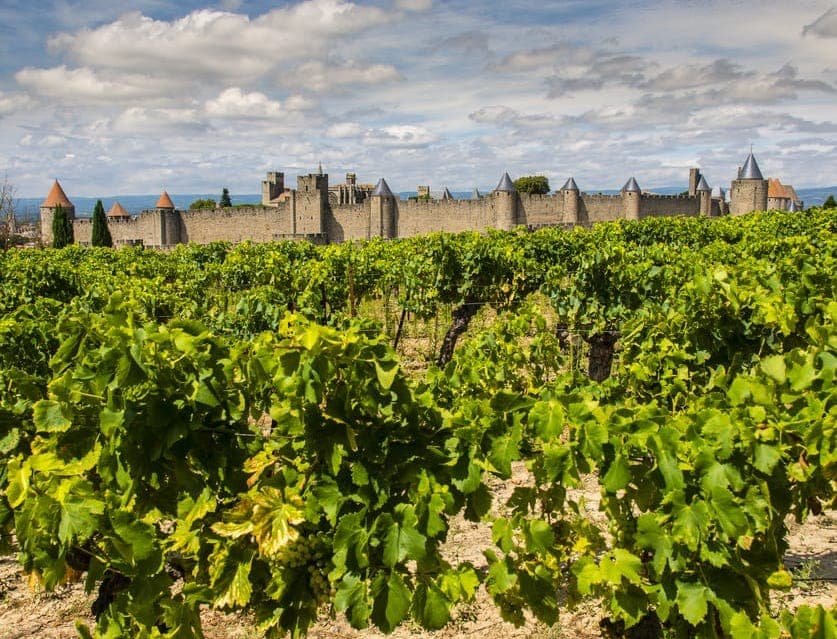
Near the beautiful city of Carcassonne, in the delightful region of Languedoc-Roussillon, you’ll find Chateau la Villatade. A stay here offers an intimate vineyard experience, with sweeping views across the Minervois plain all the way to the Pyrenees. With sloping fields of vines and olive groves, this is the perfect place to relax and experience the typical landscapes of the Aude region and let your hosts share their passion for wine.
Moët & Chandon, France
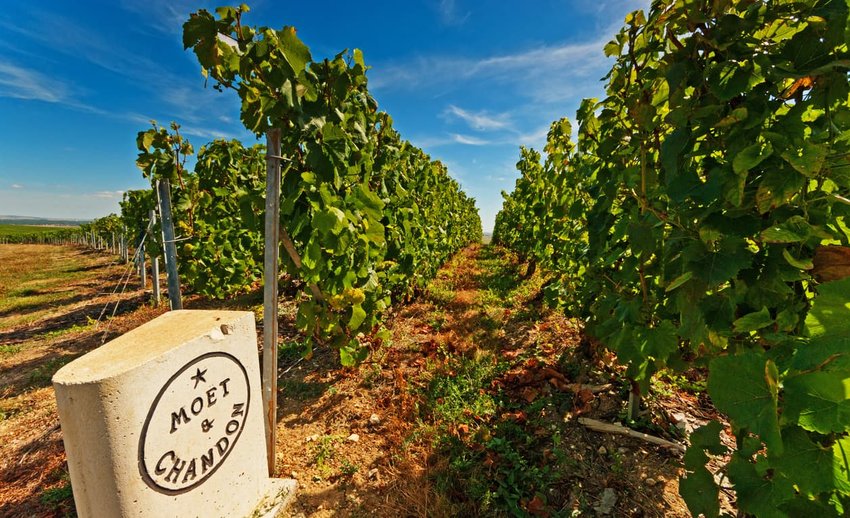
If it’s bubbles you crave, then the Champagne region of France is the holy grail and amongst the best-known names is, of course, that of Moët & Chandon. Make your way to Epernay and head underground to the largest network of subterranean cellars in the region. There are 28km of tunnels, the oldest of which was dug when the company was founded in 1743. The cool, humid climate of those tunnels is what allows the slow maturing necessary to form those bubbles.
Marchesi di Barolo, Italy
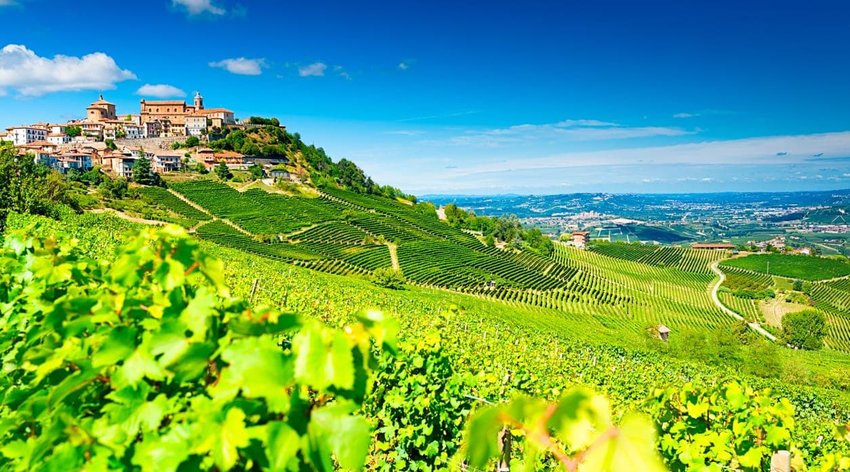
The historic cellars of Marchesi di Barolo can be found in Barolo, Italy, overlooking the castle of the Marquis Falletti. Wine has been made here since 1807. The Marquis of Barolo Carlo Tancredi Falletti married French noblewoman Juliette Colbert de Maulévrier in Paris and when she set foot in her new Italian home, she immediately saw the potential for making wine. The vineyard passed to the Abbona family and five generations later, wine is still produced from this estate.
Tinwood Estate, UK
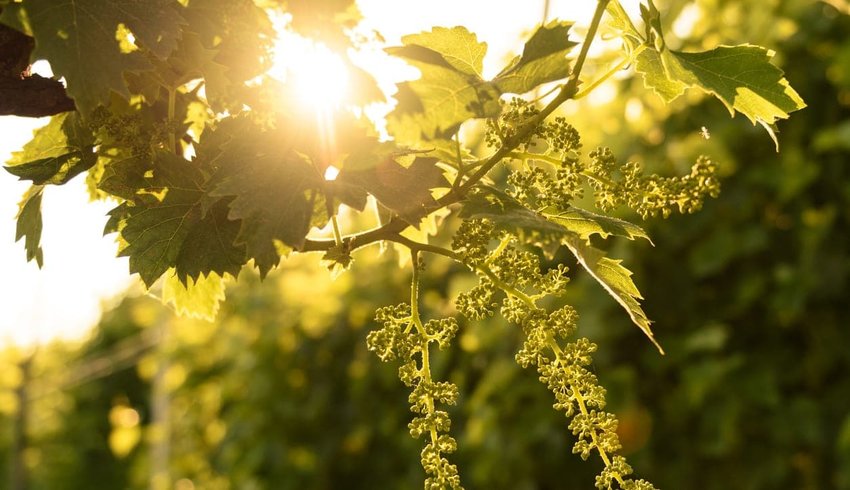
The English winegrowing industry is coming on in leaps and bounds. One of the best counties to try a glass or two is West Sussex. The Tinwood Estate began life as a lettuce farm, but the owner’s son saw the potential in a different crop and switched production to grape vines. Now, 100,000 champagne-variety vines are well established on this chalky soil close to the historic city of Chichester. Take a tour and then relax with a chilled glass of sparkling wine accompanied by a cheese platter or a selection of canapés.
Rákóczi, Hungary
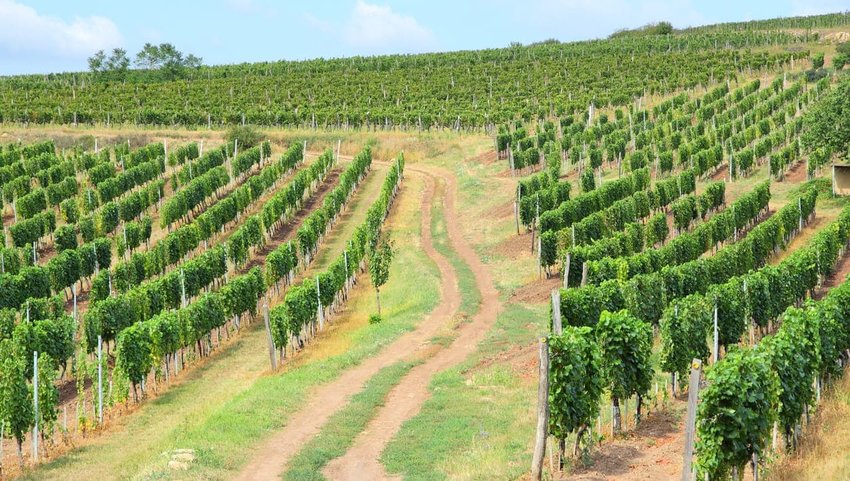
The Tokaj wine region is a UNESCO World Heritage Site and specializes in sweet dessert wines. Like the Champagne region in France, Tokaj is a closed wine region, the law determining the grape varieties that can be grown here, such as Hárslevelű, Kövérszőlő, Zéta and Sárgamuskotály. The most famous cellar in the area is the Rákóczi cellar. It dates from the 15th century and features the imposing 28 metre long Knights’ Hall, the largest of its kind in the region and the perfect space to host a wine-tasting.
La Rioja, Spain
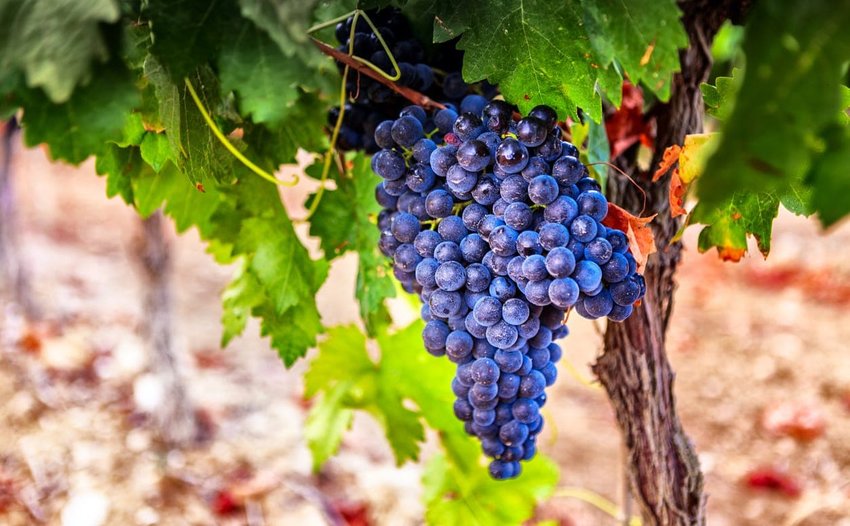
A full-bodied red is a signature wine of Spain. Located 90km south of the northern city of Bilbao, the vineyards of La Rioja Alta are found at a higher elevation. This shortens the growing season and produces a fruitier wine which is lighter on the palate. Five families founded the Sociedad Vinícola de La Rioja Alta in 1890 and today, wine is aged the traditional way in locally-made oak barrels. Tours are offered and include a guided tasting of four wines.
The variety of European wines is astonishing, given the relatively small area across which the grapes are produced. Which is your favorite?

